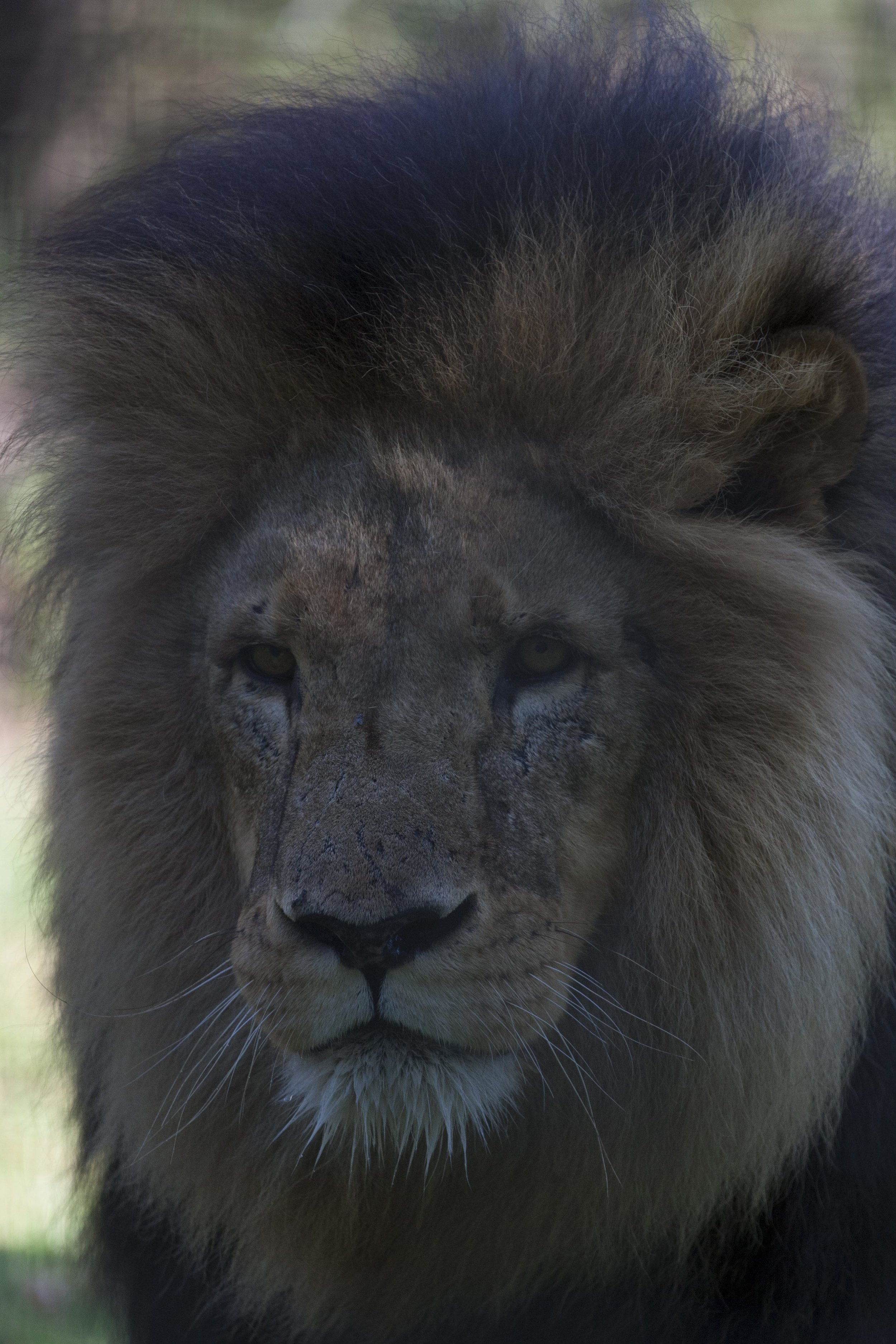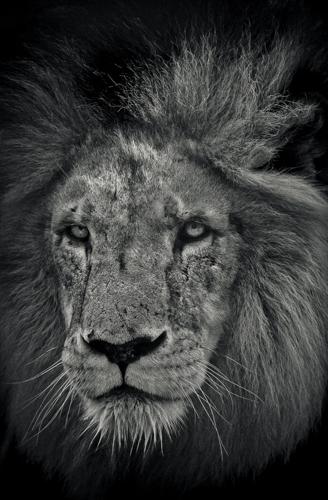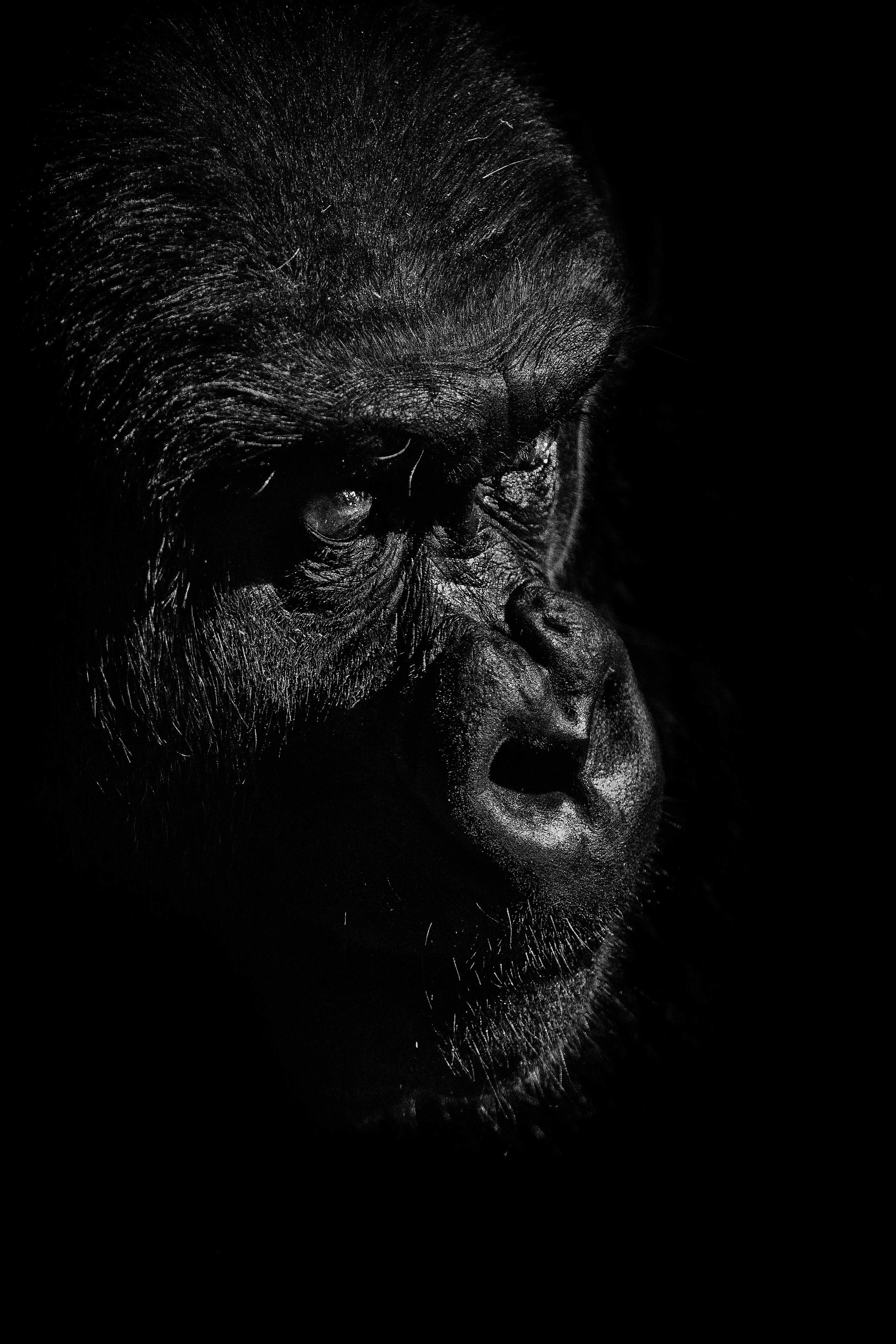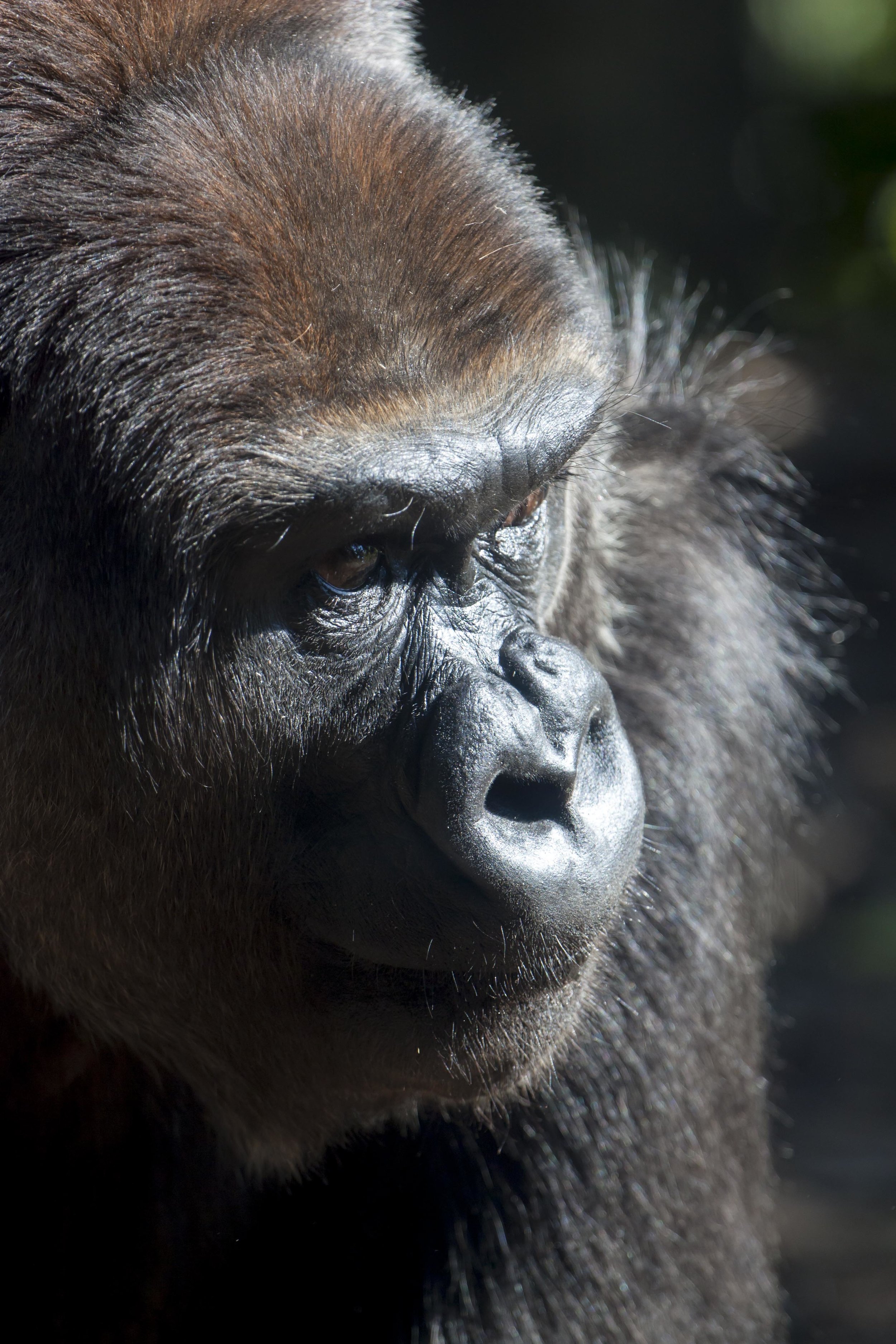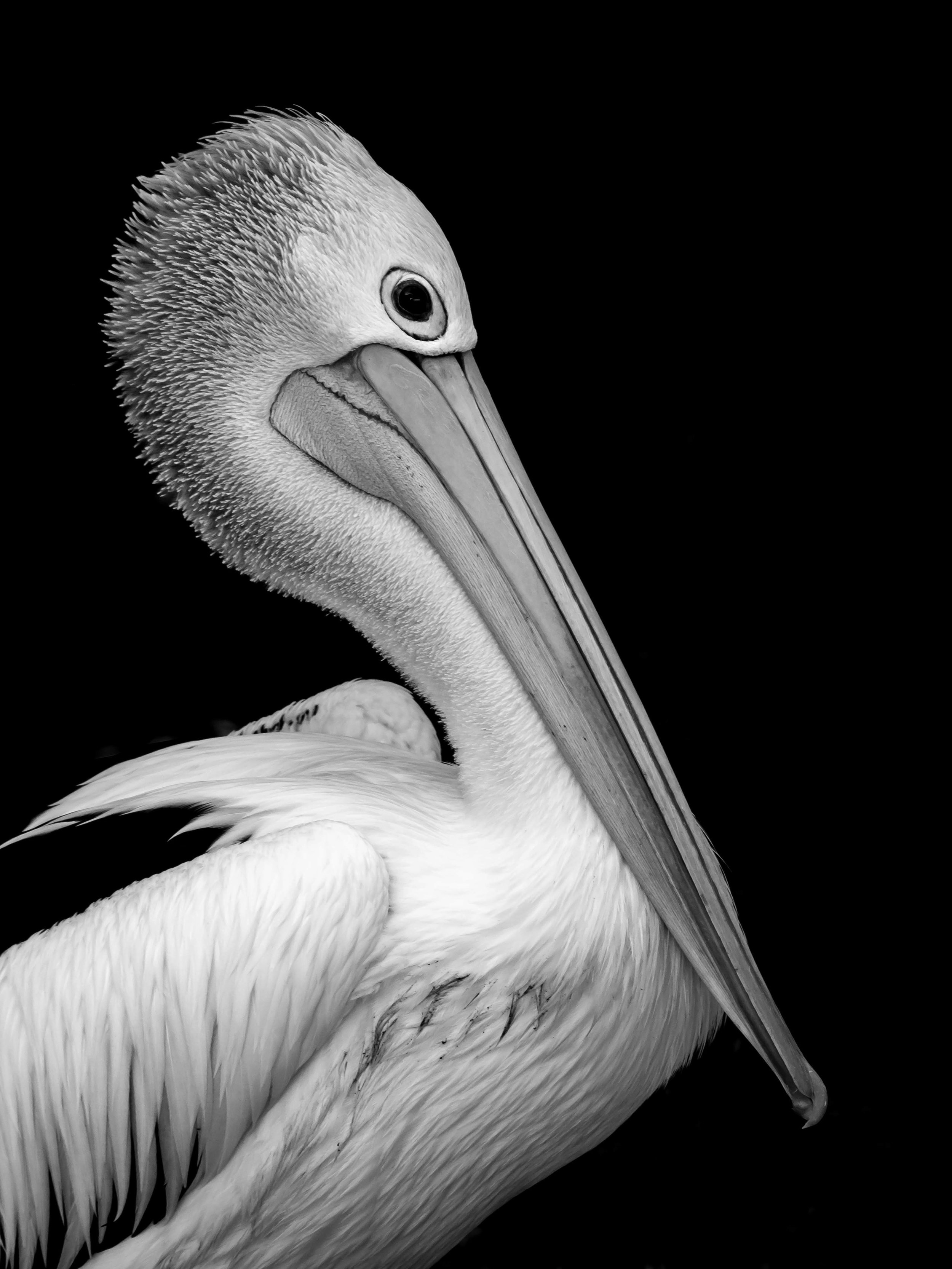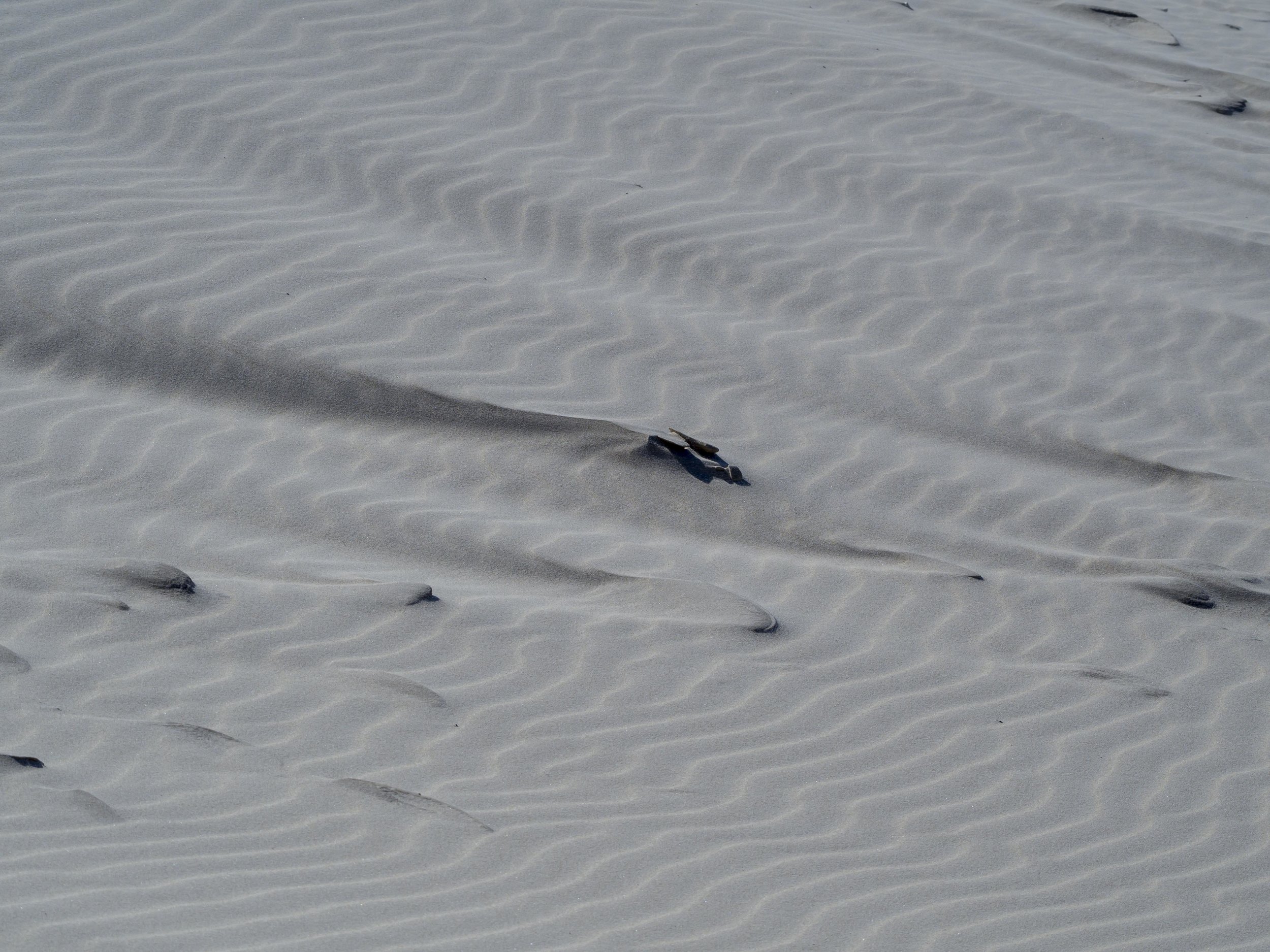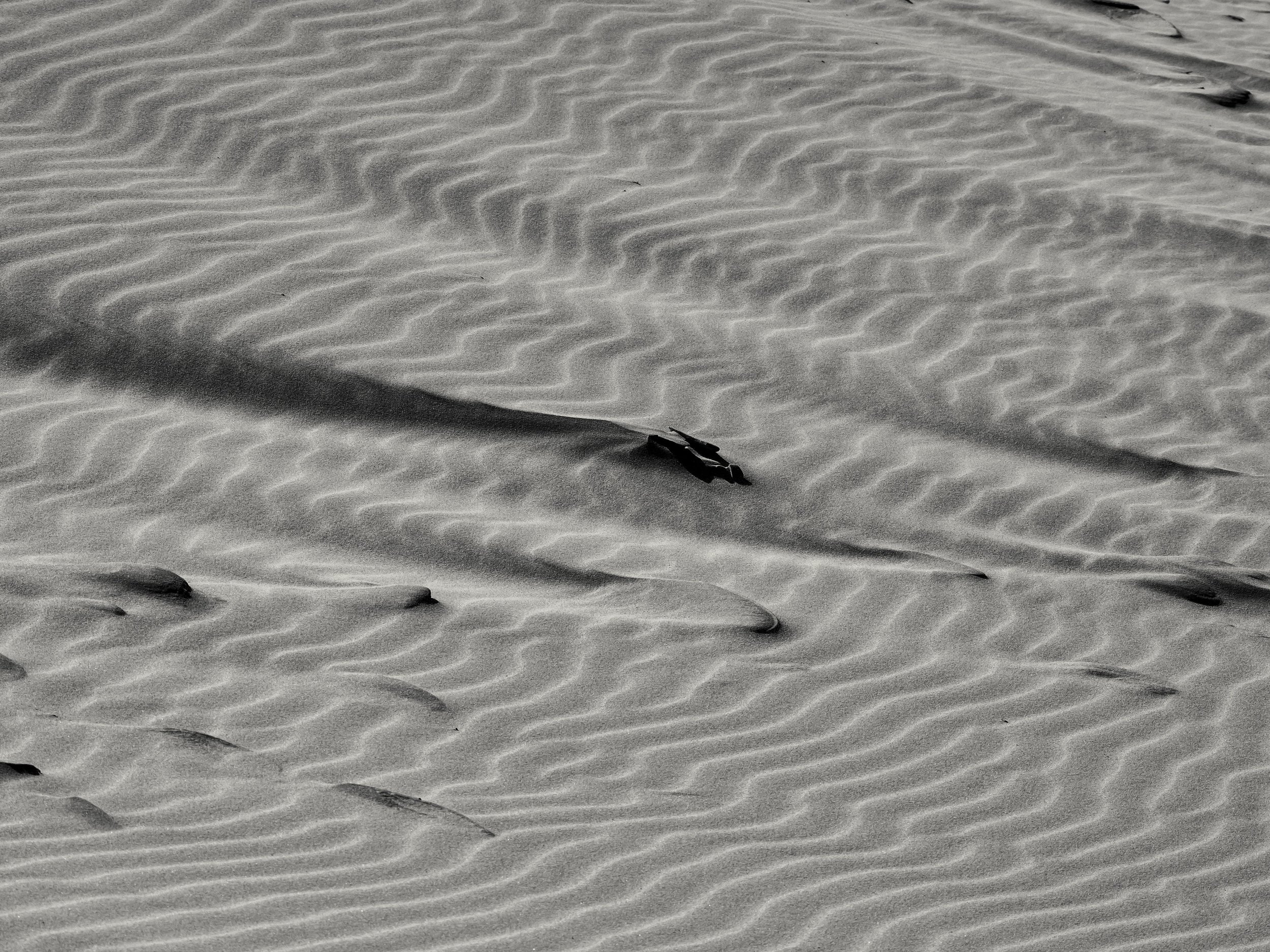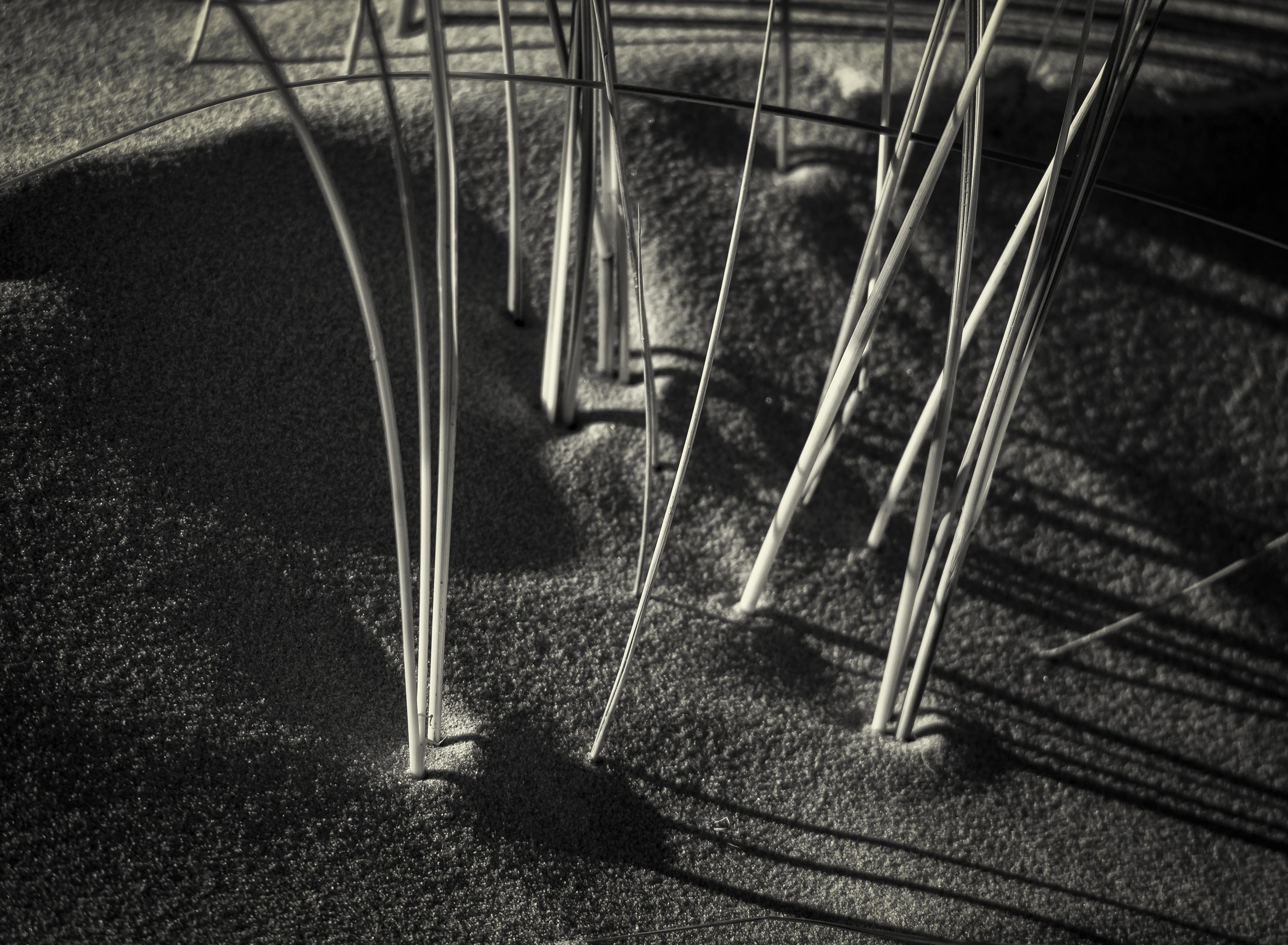I would like to share my thoughts on sticking to Lightroom, after a year of research and occasional experimentation with other programmes.
Software is now an equal partner in the photographers image making process. Once, your choice of film medium decided whether you would share the image making with a darkroom (black and white) , a lab (print film) or accept the end product as taken (transparency film). There were exceptions, but they were at the pointy end of the business.
Processing is now the second step of an interconnected two step process. If the photographer does not post process, they are either committed to jpeg shooting, which is not impossible given the excellent processing engines now found in most cameras, or they are ignoring the elephant in the room. That elephant is the inescapable fact that a RAW image is designed to be processed. Until processed it is a half baked cake or in film shooters terminology it's a roll of exposed film, without the development choices being made and processing completed.
Sometimes an image is only viable after heavy post processing and sometimes the images only needs the slightest push to be considered finished. If I were to put a numerical value to my images from capture to processing, it would go something like this.
image grade 1. Ouch. Off to the electronic bin. Poorly conceived, executed and deleted on sight.
image grade 2-4. Not a good effort, but maybe the best that I could do at the time. Poor technically, but may have some value after a lot of work. Rarely is the work done and the image is usually dumped after import unless it is an important or unrepeatable file. If the image is worth the effort, requiring Herculean efforts and some out of the box thinking, it may still be bordering on gimmicky effects.
image grade 5-6. Close, but far from perfect. An average image. Good subject matter with some cropping or exposure manipulation to get it close. Post will make something of this, maybe something good.
image grade 8-9. Great subject supported by everything coming together, a good day at the office. This is as good as I can do and is vanishingly rare. Post processing adds icing to the already good cake.
image grade 10. Never happens. History has provided us with many of these and they are often less than perfect technically. What they do have is context and composition that transcends all other factors.
What post processing must do is bring an image, no matter where it sits in the food chain up to at least a 6.
My feelings on the difference between Lightroom, Pro 1, DXO (assuming they are well used) is that certain images can vary by maybe a full 1 value, but often it is less and to get that full 1. To get the benefit, all of them must be used in the same work flow. Not practical.
What I found is that work flow is the difference between bothering or not. Lightroom fills me with excitement and anticipation because everything I need, including features I rely on that the others do not offer, is in one place or is a direct plug in to Lightroom. it is a comfort thing, but when I asked myself what could I live without, Lightroom had too many things that I rely on.
Below are some examples with values attributed based purely on my own perceptions. I obviously don't use this rating system as I go, but if my more abstract thinking was to be numerically graded in retrospect, these numbers feel pretty close.
A poor 2, only saved by the subject matter and the difficulty of returning to the location. After post I would give it a 6 in the right circumstances, say as part of a series.
As above, a poor grade 3 image, lacking contrast and connection to the subject. After processing, maybe a 6 for effort or to some people, especially on seeing the print an 8.
Lots of promise here, maybe a 4-5. The image is slightly soft, but the framing was the best of a set. After post, a strong 8.
With memories of the American mid 20th century masters in mind, I rated this series as probably a 6 in my head. The resulting images (as a set) probably got a 7 over all. Cliched, but consistent. Good office adornment.
Part of the above set, but my favourite. the original is a good 6 and I was torn between a colour or mono edit. To fit with the rest, it got the Silver FX treatment and maybe shifted to a 7.
This one came out of the can with an excited 6 as the capture did not do the actual event justice (I was a second or two late to get the best natural light). The edit jumps it to maybe an 8 and is closer to my perception of the light as I saw it just seconds before. Maybe something between the two images would be better on comparison as the subtlety in the clouds is lost.
What I am getting at here, is that any post processing will add substantially more to an image than the differences between similar programmes. Sometime you will want the noise reduction of DXO, or the in built upload corrections of Pro-1, but if any of these programmes is used to the best of their capacity, then real differences are minimal. Workflow on the other hand is crucial to get right as it directly effects productivity and circumvents future issues.
When reading reviews, I would often find myself screaming at the reviewers comments on one feature or another as they completely overlooked an available fix provided by the programme and focussed on a simple comparison of a single slider. In fairness, most pointed out that there were other options available and an experienced user would know some tricks to get things done, and many stated that any of these programmes would do the job, but blanket statements based on initial upload "looks" were pointless and misleading.
